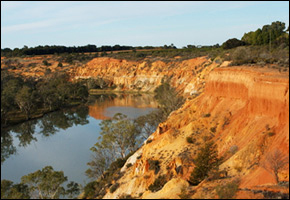Himalayan Yeti Absent from the Headwaters of Asia’s rivers?

Habitat loss, water diversion projects, and modern life threaten unknown primate
by C.T. Pope
Deep in the snow covered mountains of Bhutan hulks a large beastly animal. Some say he is seven feet tall when upright. In Bhutan he is hailed as a symbol of cultural heritage. In other regions of central Asia — along the Himalayas — he headlines as a man-eater or sometimes, paradoxically, as a gentle and shy herbivore.
His presence in the region has been known for millennia; but as climate change and globalization encroach on his habitat and the culture where he is best known, his extinction appears imminent.
Nowhere is his existence better understood than in the remote villages that bespeckle the countrysides of Bhutan, India, Nepal, Myanmar and Tibet. These regions are the source of many of the major rivers of Asia, and surely the Yeti, as he is known in the West, has marveled at the grandeur of the headwaters of the Yangtze, Mekong, Irrawaddy, or Tsangpo rivers. His habitat, though, is being threatened as water sources are redirected, and habitat fragmented.
The loss is one of culture and heritage too. As the modern world imposes itself on the forgotten nation of Bhutan, stories of a creature that may still exist in the snowy forested montane region are fading from truth into legend.
Of the passing, Tim Sullivan of the Associated Press writes, “What does it mean, though, when accepted fact decays into mere folk tale? When a belief that helped tie a land together is relegated to myth, what happens to the culture that believed in it?”
His extinction, however, might not make the headlines. The IUCN Red List of Threatened Species lists him as a species of “least concern.”
Read Tim Sullivan’s piece from the Associated Press via LiveScience.com here.
C. T. Pope is a Circle of Blue staff writer and researcher. Reach him at circleofblue.org/contact

Circle of Blue’s east coast correspondent based in New York. He specializes on water conflict and the water-food-energy nexus. He previously worked as a political risk analyst covering equatorial Africa’s energy sector, and sustainable development in sub-Saharan Africa. Contact: Cody.Pope@circleofblue.org








Leave a Reply
Want to join the discussion?Feel free to contribute!